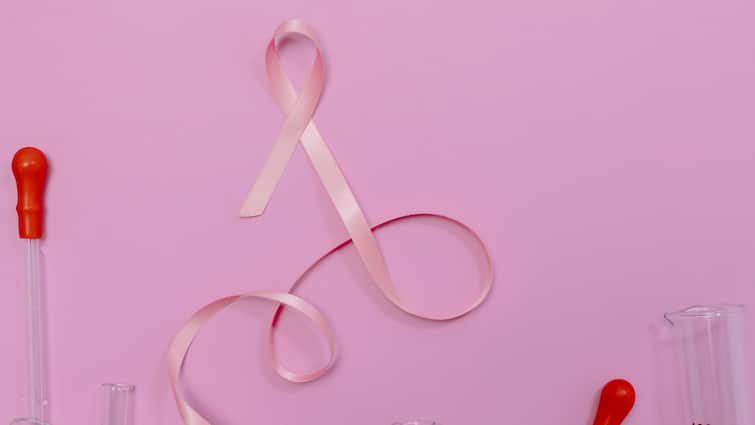(By Dr. Rajshekhar C Jaka)
The most common first sign of breast cancer is a painless lump in the breast. In the majority of women, this is the only manifestation. Occasionally, there might be a sense of heaviness or an unfamiliar feeling in the breast, but it’s always the lump that is the crucial warning sign.
ALSO READ: Not Just A Man’s Disease: Why Women Must Listen To Their Hearts Before It’s Too Late
Know The Waring Signs
A lot of Indian women miss these precursory signs too, because we are not told to subject our breasts to an examination until you receive that attack warning. That’s why I wish every woman would make this a part of her practice. The optimal time to do a breast self-exam is about one week after the end of your menstrual cycle, when fluid in the breast has had a chance to disperse. This allows to the breast tissue to be felt more easily firmly.
In addition to lumps, other signs to look out for include:
- Retraction of the nipple or nipple that turns inward.
- Nipple discharge Watery, greenish or blood-stained
- Thickened (or reddened) area of skin on the breast
- Swelling under the arm, which may indicate that lymph nodes are involved
Remember: Most new breast lumps are painless. Pain often occurs in the later stages, but many women mistakenly believe that “no pain equals no problem.”
The delay in getting medical help can be costly.
Some may also suffer through unexplained tiredness or fatigue, even when they’re eating well and sticking to their normal routine. Ongoing fatigue not explained by your busy life should have you making a trip to the doctor.
Importance Of Regular Screening
Even before a lump forms, breast cancer can be found with a mammogram. This is why it is recommended that all women over 40 should undergo a mammography test every year. Mammogram is an X-ray of the breast that can reveal changes in fibre or tissue invisible to the naked eye, and even to a doctor’s touch. Breast cancer can be completely curable if detected early with mammography.
Understanding Self-Breast Examination
Self-breast examination, for everyday scrutiny, is important. It can be performed in the shower or after a shower, looking into a mirror. Search for alterations in size, contour, position and shape of the breast. Observe if one breast is higher than the other, or if there’s nipple in drawing.
Most lumps are not cancerous, they’re benign. But it’s important to confirm this with what we call the triple test:
- Clinical examination by an oncologist
- Mammogram (X-ray of the breast)
- Core biopsy
Together, these three help make a definitive diagnosis and allow clinicians to decide on the appropriate treatment.
You should never ignore a painless lump, changes in your nipple or any strange discharge. Monthly self-breast exams and a yearly mammogram do save lives, because we’ve come to know that when discovered early, breast cancer is very curable.
Dr. Rajshekhar C Jaka is the Consultant, Surgical Oncology & Robotic Surgery at Manipal Hospital Whitefield
[Disclaimer: The information provided in the article, including treatment suggestions shared by doctors, is intended for general informational purposes only. It is not a substitute for professional medical advice, diagnosis, or treatment. Always seek the advice of your physician or other qualified healthcare provider with any questions you may have regarding a medical condition.]
Check out below Health Tools-
Calculate The Age Through Age Calculator


